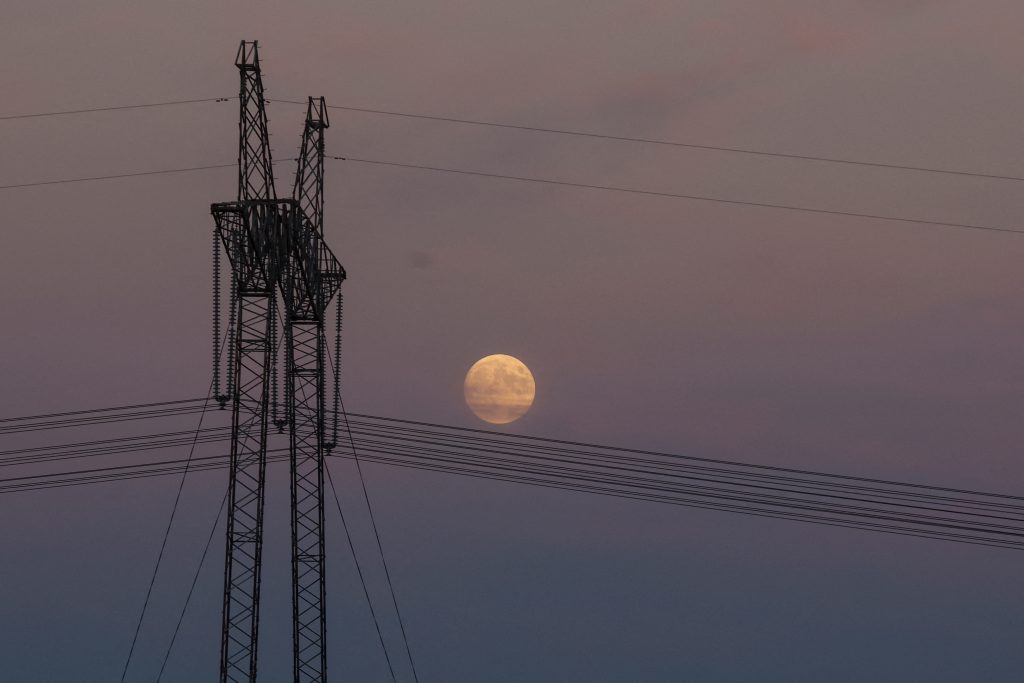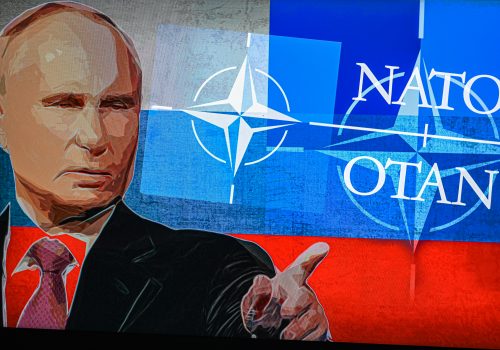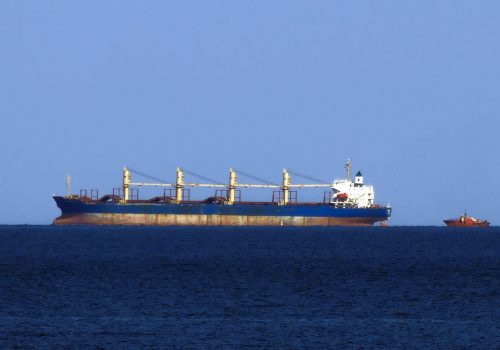The EU’s decision to open membership talks with Ukraine on December 14 was an historic win for Kyiv, but it was not the only piece of encouraging news received that day. A few hours before EU leaders agreed to launch accession negotiations, Ukraine was invited to join Europe’s leading electricity infrastructure association as a full member, gaining a voice in discussions that will shape the EU’s energy vision in the years to come.
Ukraine’s electricity grid operator, Ukrenergo, will become the fortieth member of the European Network of Transmission System Operators for Electricity (ENTSO-E) on January 1, 2024. In this new role, it will contribute alongside other members to drafting strategies designed to boost the security, resilience, and reliability of the continent’s connected power systems.
It is highly symbolic that Ukraine’s breakthrough to full ENTSO-E membership should come on the same day as the landmark agreement to begin EU membership talks. Ukraine’s European energy sector integration got underway just hours before the launch of Russia’s full-scale invasion on February 24, 2022, when the country unplugged its energy grid from the old Soviet system. This process has continued in parallel with the country’s EU integration, despite the unique challenges created by Europe’s largest invasion since World War II.
Wartime Ukraine’s energy sector pivot toward Europe has been little short of remarkable. The country’s electricity infrastructure has been targeted by Russian drone and missile attacks ever since the start of war, making Ukrenergo’s fight to keep the lights on even harder as it has transitioned from the legacy Soviet grid to synchronising with the EU.
During twenty-one months of air strikes and bombardments, Russia has destroyed more than half of Ukraine’s thermal power generation capacity and transmission lines, damaged or occupied 90 percent of its wind farms, and taken over the Zaporizhzhia nuclear power plant, the largest in Europe. While the current winter season has yet to witness a repeat of last year’s intensive bombing campaign targeting Ukraine’s civilian energy infrastructure, the threat of further large-scale attacks remains.
Stay updated
As the world watches the Russian invasion of Ukraine unfold, UkraineAlert delivers the best Atlantic Council expert insight and analysis on Ukraine twice a week directly to your inbox.
In addition to guarding its civilian energy infrastructure against Russian air strikes, Ukraine must also navigate the further integration of its electricity market at a time when the EU itself is making an historic transition of its own from fossil fuels to cleaner forms of energy. Closer cooperation with Romania may help. Deepening energy sector partnership between Kyiv and Bucharest would not only boost regional security and facilitate a smoother energy transition, but could also pay economic dividends.
Romania has already offered Kyiv significant support last year, exporting electricity and helping to stabilize the Ukrainian system when Russian airstrikes plunged much of Ukraine into darkness. Bucharest has also helped Moldova, which synchronized with the European grid together with Ukraine last year, but whose electricity supplies were caught in the Russian crossfire. The three countries could now build on this relationship in a way that would be mutually beneficial.
The bulk of Romanian power generation is concentrated in the southeastern Dobrogea region of the country, with an excess of renewable output which cannot be easily transported to other regions. Unless major investments are made to reroute flows northwards, Romania will not be able to build additional offshore wind capacity in its share of the Black Sea region.
One option would be to export some of the excess generation to decongest the system. Southern Ukraine’s Odesa region, which shares a border with Romania, has a supply deficit and needs to import electricity to cover demand, particularly in a postwar scenario where its industrial base would need to be rebuilt. Meanwhile, nearby Moldova has historically depended on electricity generated in the country’s Kremlin-controlled Transnistria province and would benefit from ending this reliance.
Eurasia Center events

Prior to the Russian invasion of Ukraine, there had been discussions to build a 120 kilometer high-voltage overhead line linking Isaccea in Romania to Prymorske in the Odesa region. If these plans were resurrected, the project could help establish an interconnection capacity of up to 1,200 megawatts. This would have the potential to power around two million homes in Ukraine and possibly also supply Moldova, while helping Romania to decongest its Dobrogea region. The project could be part of a broader vision to regenerate the northwestern part of the Black Sea coast.
Romania, Moldova, and Ukraine are also linked through the Trans-Balkan corridor, a major gas transmission artery previously used by Russia to transport gas to southern Europe. This route has remained largely idle since 2020 after the Kremlin decided to reroute supplies via its new TurkStream pipelines to Turkey. Efforts to make the most of the Trans-Balkan corridor are now gaining momentum. In December 2023, Ukraine and Moldova announced plans to join a vertical gas corridor that would give companies the possibility to receive gas from international markets in Greece before exporting it to Ukrainian underground storage facilities via Bulgaria, Romania, and Moldova.
The Trans-Balkan corridor is of major importance not only because it can link southern Europe to Ukraine and Moldova, but also because by 2027 it should be in a position to start transporting larger quantities of gas produced in the Romanian Black Sea offshore zone. In the longer term, the three countries could also establish an energy research center focusing on offshore natural gas or wind output and adapting electricity and gas transmission infrastructure to accommodate cleaner forms of generation. A Black Sea energy production and research cluster would not only provide greater supply security to this part of Europe, but also help Ukraine, Romania, and Moldova deepen their integration and regenerate their economies.
With no end in sight to the Russian invasion in Ukraine, talk of regional energy transformations may seem overly ambitious. However, Ukraine’s remarkable wartime progress toward European energy sector integration is a reminder that major developments remain realistic.
Dr. Aura Sabadus is a senior energy journalist who writes about Eastern Europe, Turkey, and Ukraine for Independent Commodity Intelligence Services (ICIS), a London-based global energy and petrochemicals news and market data provider. Her views are her own.
Further reading
The views expressed in UkraineAlert are solely those of the authors and do not necessarily reflect the views of the Atlantic Council, its staff, or its supporters.

The Eurasia Center’s mission is to enhance transatlantic cooperation in promoting stability, democratic values and prosperity in Eurasia, from Eastern Europe and Turkey in the West to the Caucasus, Russia and Central Asia in the East.
Follow us on social media
and support our work
Image: A full moon rises behind an electricity pylon with high-voltage power lines, amid Russia’s attack on Ukraine, in Dnipropetrovsk region, Ukraine. November 7, 2022. (REUTERS/Valentyn Ogirenko)




